Home>Garden Essentials>How To Get Marigold Seeds From Flowers
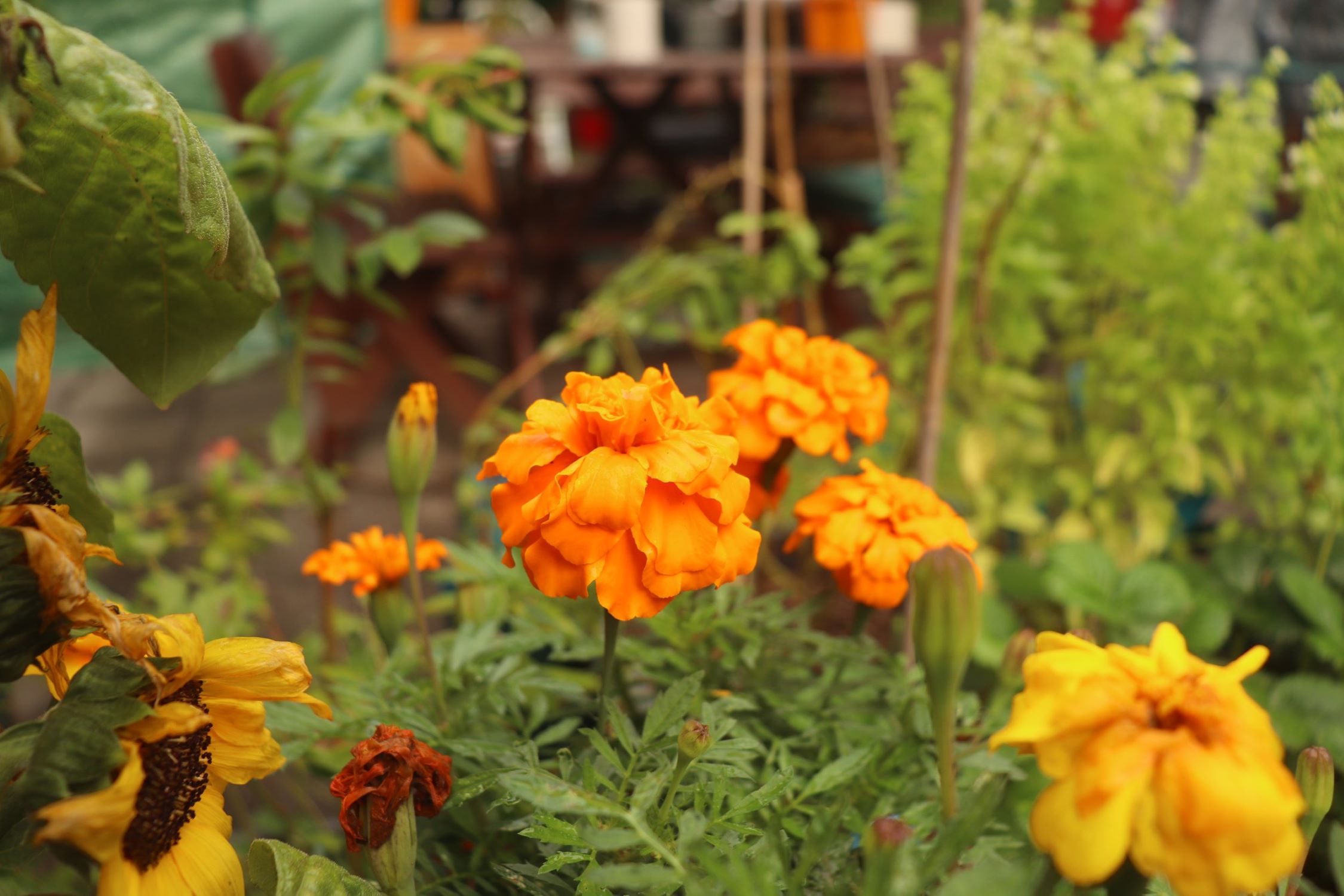

Garden Essentials
How To Get Marigold Seeds From Flowers
Modified: September 1, 2024
Learn how to easily harvest marigold seeds from your garden flowers to grow your own beautiful blooms next season.
(Many of the links in this article redirect to a specific reviewed product. Your purchase of these products through affiliate links helps to generate commission for Storables.com, at no extra cost. Learn more)
Introduction
Welcome to the world of gardening, where beauty meets nature and creativity blooms. If you’re an avid gardener or simply enjoy the sight of colorful flowers, then you’re likely familiar with marigolds. With their vibrant petals and distinctive fragrance, marigold flowers are a popular choice for many garden enthusiasts.
But did you know that marigold flowers also hold a hidden treasure? Within their blossoms lie tiny seeds that can be collected and used to grow new plants. In this article, we will explore the fascinating process of collecting marigold seeds from flowers and provide you with a step-by-step guide to help you get started.
Before we dive into the nitty-gritty of collecting marigold seeds, let’s take a moment to understand these beautiful flowers. Marigolds belong to the genus Tagetes, which comprises approximately 50 species of annual and perennial plants. They are native to Mexico and Central America but have become popular around the world for their ornamental and medicinal properties.
Marigolds come in various colors, including yellow, orange, and red, and they bloom in different shapes and sizes. Some common types of marigolds include French marigolds (Tagetes patula), African marigolds (Tagetes erecta), and signet marigolds (Tagetes tenuifolia).
Now, you might be wondering why it’s important to collect marigold seeds in the first place. Well, there are several reasons why saving marigold seeds can be beneficial:
- Saving Money: By collecting and saving marigold seeds, you can save money on buying new plants or seeds every year.
- Preserving Varieties: If you have a specific marigold variety that you love, saving its seeds ensures that you can grow the same type of flowers again and again.
- Sharing with Others: Collecting marigold seeds allows you to share the joy of gardening with friends, family, and fellow gardeners by giving them seeds to plant in their own gardens.
- Exploring Seed Saving: Collecting marigold seeds is a great way to learn about seed saving and the natural life cycle of plants.
Now that we understand the importance of marigold seeds, let’s move on to the next section, where we’ll discuss when to collect these precious seeds.
Key Takeaways:
- Collecting marigold seeds from fading or fully developed flowers is a fun and sustainable way to preserve the beauty and diversity of these vibrant blooms. Proper timing and storage are crucial for successful seed-saving.
- By following simple steps and precautions, you can collect, dry, and store marigold seeds to ensure their viability for future planting. This process also fosters a sense of community among gardening enthusiasts.
Read more: How To Get Seeds From Marigolds
Understanding Marigold Flowers
Before we delve into the process of collecting marigold seeds, it’s essential to have a basic understanding of marigold flowers. Marigolds are known for their vibrant colors and distinctively aromatic blooms, making them a popular choice for gardeners around the world. Let’s take a closer look at the characteristics and features of marigold flowers.
Marigolds belong to the genus Tagetes, which is part of the Asteraceae family. These flowering plants are native to Mexico and Central America but have spread to other parts of the world, thanks to their beauty and resilience. There are several species and varieties of marigolds, each with its own unique qualities.
One of the most common species is Tagetes erecta, also known as African marigold. These marigolds are renowned for their large, showy flowers that come in a range of vibrant colors, including yellow, orange, gold, and even bi-color combinations. African marigolds can grow up to three feet tall, making them an eye-catching addition to any garden or landscape.
Another popular species is Tagetes patula, commonly known as French marigold. French marigolds are smaller in size compared to African marigolds, but they compensate with a profusion of flowers. They offer a wider range of colors, such as red, maroon, orange, and yellow. French marigolds are often praised for their ability to repel pests, making them a practical choice for companion planting.
Signet marigolds, scientifically known as Tagetes tenuifolia, are a unique and delicate variety of marigolds. They feature small, dainty flowers and foliage that releases a pleasant citrus fragrance when rubbed. Signet marigolds are typically found in shades of yellow and gold and are well-suited for borders, containers, and edging.
In addition to their visual appeal, marigold flowers possess certain characteristics that make them valuable to gardeners. For instance, marigolds have a high tolerance for heat and drought, which means they can thrive in various climate conditions. They are also known for attracting beneficial insects like ladybugs and bees, which play a vital role in pollination.
Moreover, marigolds secrete a pungent odor that acts as a natural deterrent to many pests, including aphids, nematodes, and whiteflies. This makes them an excellent choice for companion planting with vegetables and other susceptible plants, as they provide a natural form of pest control.
Now that you have a better understanding of marigold flowers and their characteristics, let’s move on to the next section, where we’ll explore the importance of collecting marigold seeds.
Importance of Marigold Seeds
Marigold seeds play a crucial role in the life cycle of these beautiful flowers. By understanding the importance of collecting and saving marigold seeds, you can not only preserve the specific varieties you love but also contribute to the overall health and sustainability of your garden. Let’s explore the significance of marigold seeds in more detail.
Biodiversity: The collection and preservation of marigold seeds help preserve biodiversity in the plant kingdom. Each marigold variety has its unique set of traits, including flower color, size, fragrance, and growth habit. By saving seeds from different varieties, you contribute to maintaining a rich diversity of marigold plants, ensuring that these unique characteristics are preserved for future generations to enjoy.
Sustainability: Growing marigolds from saved seeds is a sustainable practice. When you collect and save marigold seeds, you reduce your reliance on purchasing new seeds or plants each year. This not only saves you money but also reduces the demand for commercially produced seeds, which can often be grown using chemical fertilizers and pesticides.
Adaptability: Marigold seeds collected from your own garden have the advantage of adapting to your specific growing conditions. Over time, the saved seeds develop characteristics that are better suited to your climate, soil, and other factors in your garden environment. This natural adaptation can lead to stronger and more resilient marigold plants that are better equipped to withstand local challenges.
Continuity: By collecting and saving marigold seeds, you can ensure the continuity of your favorite varieties. If you have a specific marigold plant whose flowers you adore, saving its seeds allows you to grow the same type of marigolds in the following seasons. This continuity brings a sense of familiarity and consistency to your garden, allowing you to enjoy your favorite flowers year after year.
Sharing and Community: Collecting marigold seeds is an excellent way to connect with other gardeners and foster a sense of community. By sharing your saved seeds with fellow garden enthusiasts, you help spread the joy and beauty of marigolds to a wider audience. Seed swapping and sharing can also introduce you to new marigold varieties that you may not have come across otherwise, enhancing the diversity and vibrancy of your garden.
Learning and Teaching: Collecting marigold seeds provides an opportunity for learning and teaching about the life cycle of plants. By studying the seed collection process, understanding pollination, and observing the growth of marigold plants from seeds, you can deepen your knowledge of botany and inspire others to appreciate the wonders of nature. This hands-on experience can be particularly beneficial for children, as it encourages curiosity and a love for gardening.
Now that we understand the importance of marigold seeds, it’s time to explore when exactly we should collect these valuable seeds.
When to Collect Marigold Seeds
Collecting marigold seeds at the right time is crucial to ensure their viability and successful germination. Timing is everything when it comes to seed collection, as harvesting too early or too late can affect the quality and germination rate of the seeds. Let’s explore when exactly you should collect marigold seeds.
The ideal time to collect marigold seeds is when the flowers have completed their blooming cycle and start to fade and dry up. At this stage, the flower heads will transform into seed heads, containing the mature seeds that are ready for collection. It’s important to note that marigold seeds need to fully mature on the plant before they are collected for best results.
Typically, you should wait until the flower petals have fallen off, and the seed heads have turned brown and crispy. The seeds within the seed heads should be hard and fully developed, with a dark coloration. Avoid collecting seeds from flowers that still have green seed heads or seeds that appear soft or pale – these are signs that the seeds are not yet mature.
In terms of timing, the best time to collect marigold seeds is usually in late summer or early fall, depending on your specific climate and the flowering time of your marigold plants. It’s essential to keep an eye on your marigold flowers as they progress through their blooming stage and start to fade. Missing the optimal harvesting window may result in seeds that are not viable or may not germinate successfully.
If you’re unsure about the readiness of the seeds, a simple test is to gently squeeze a seed between your fingers. If it feels firm and doesn’t crush easily, it is likely mature and ready for collection. On the other hand, if the seeds feel soft or easily collapse, they need more time to mature on the plant.
By collecting marigold seeds at the right time, you ensure that they have the highest chances of germinating and growing into healthy plants. Once you’ve determined that the seeds are ready for harvest, it’s time to move on to the next section, where we’ll guide you through the step-by-step process of collecting marigold seeds.
Step-by-Step Guide to Collecting Marigold Seeds
Collecting marigold seeds from flowers is a simple and rewarding process. Follow this step-by-step guide to ensure successful seed collection and save your favorite marigold varieties for future planting.
- Choose mature flowers: Select marigold flowers that have completed their blooming cycle and started to fade. Look for flowers with dried-up petals and brown, crispy seed heads. These are indications that the seeds inside are mature and ready for collection.
- Gather your supplies: Before you begin, gather a few essential tools and materials. You will need a pair of clean, sharp scissors or pruners, a paper bag or envelope for seed storage, and a notepad or labels for recording important information about the seeds.
- Prepare for seed collection: Find a comfortable workspace and make sure your tools and materials are within reach. Place the paper bag or envelope nearby to collect the seeds, ensuring it is labeled with the variety and date of collection for future reference.
- Clip the seed heads: Carefully cut or pinch off the seed heads from the marigold plants. You can remove individual seed heads or collect several at once, depending on your preferences and the quantity of seeds you want to obtain.
- Open the seed heads: Take the harvested seed heads and gently rub or crush them between your fingers to open them up. This will release the mature seeds inside. Alternatively, you can use your scissors or pruners to carefully cut open the seed heads, being cautious not to damage the seeds.
- Separate the seeds: Once the seed heads are open, separate the seeds from any plant debris, such as chaff or petals. You can do this by gently shaking the seed heads or using your fingers to remove any unwanted material. Be thorough to ensure you collect clean, viable seeds.
- Allow the seeds to dry: Spread the collected marigold seeds on a clean, dry surface and let them air dry for a few days. This will ensure that any moisture is evaporated, reducing the risk of mold or rot during storage.
- Store the seeds: Once the seeds are completely dry, transfer them to the paper bag or envelope you prepared earlier. Seal it tightly and label it with the variety and collection date. Store the seeds in a cool, dry place away from direct sunlight until you are ready to plant them.
Remember, it’s important to keep track of the information about the seeds you collected. This includes the variety, the date of collection, and any specific details you want to note. This information will be valuable when it’s time to plant the seeds or share them with fellow gardeners.
Now that you’ve successfully collected marigold seeds, let’s move on to the next section where we’ll discuss the proper storage of marigold seeds to ensure their longevity and viability.
After the marigold flower has wilted, allow the seed pod to dry on the plant. Once it turns brown and starts to crack open, carefully collect the seeds and store them in a cool, dry place for planting next season.
Method 1: Collecting Marigold Seeds from Fading Flowers
One of the simplest methods for collecting marigold seeds is by collecting them directly from fading flowers. This method allows you to observe the natural progression of the flowers and ensures that the seeds are mature and ready for collection. Follow these steps to collect marigold seeds from fading flowers:
- Select fading flowers: Choose marigold flowers that have started to fade and dry up. Look for flowers with wilted petals and drying seed heads. These are indicators that the seeds inside are reaching maturity.
- Observe seed head development: Watch the flowers as they progress from blooming to fading. Monitor the development of the seed heads, which are the round structures at the base of the petals. The seed heads will change in color and texture as they mature.
- Wait for the seed heads to dry out: Allow the seed heads to dry out completely on the plant. They will turn brown and become crispy, indicating that the seeds inside have reached maturity.
- Harvest the seed heads: Using clean scissors or pruners, carefully cut or pinch off the dried seed heads from the plants. Be gentle to avoid damaging the seeds.
- Open the seed heads: Take the harvested seed heads and gently rub or crush them between your fingers to crack them open. This will release the mature seeds inside. Alternatively, you can use your scissors or pruners to carefully cut open the seed heads, being cautious not to damage the seeds.
- Separate the seeds: After opening the seed heads, separate the seeds from any debris, such as remaining flower petals or chaff. You can achieve this by gently shaking the seeds or using your fingers to pick out any unwanted material. Ensure that you collect clean, viable seeds.
- Dry and store the seeds: Spread the collected marigold seeds on a clean, dry surface and allow them to air dry for a few days to remove any remaining moisture. Once fully dry, transfer the seeds to a labeled paper bag or envelope and store them in a cool, dry place away from direct sunlight.
By following these steps, you can successfully collect marigold seeds from fading flowers. This method allows you to witness the natural progression of the seeds from flower to maturity, ensuring that you obtain viable seeds for future sowing and planting.
Now, let’s explore another method for collecting marigold seeds, this time from fully developed flowers.
Method 2: Collecting Marigold Seeds from Fully Developed Flowers
Another effective method for collecting marigold seeds is by harvesting them from fully developed flowers. This method allows you to wait until the flowers have fully bloomed and are at their peak before collecting the seeds. Follow these steps to collect marigold seeds from fully developed flowers:
- Select fully developed flowers: Choose marigold flowers that have fully bloomed and are at their prime. Look for flowers with vibrant colors and healthy-looking petals. These flowers are likely to have fully developed seed heads containing mature seeds.
- Observe seed head maturity: Examine the flowers closely to identify the seed heads, which are located at the base of the petals. The seed heads should appear plump and well-developed, indicating that the seeds inside are mature.
- Wait for the seed heads to dry: Allow the seed heads to dry out on the plant. As the petals start to wilt and fade, the seed heads will gradually dry and turn brown.
- Harvest the seed heads: Using clean scissors or pruners, carefully cut or pinch off the dried seed heads from the plants. Take care not to damage the seeds during the harvesting process.
- Open the seed heads: Take the harvested seed heads and gently rub or crush them between your fingers to open them up. This will release the mature seeds inside. Alternatively, you can use your scissors or pruners to carefully cut open the seed heads, being mindful of the seeds.
- Separate the seeds: After opening the seed heads, separate the seeds from any debris, such as chaff or flower petals. You can do this by gently shaking the seeds or using your fingers to pick out any unwanted material. Ensure that you collect clean, viable seeds.
- Dry and store the seeds: Spread the collected marigold seeds on a clean, dry surface and allow them to air dry for a few days. This will ensure that any remaining moisture is evaporated, preventing fungal growth. Once dry, transfer the seeds to a labeled paper bag or envelope and store them in a cool, dry place away from direct sunlight.
By following these steps, you can successfully collect marigold seeds from fully developed flowers. This method allows you to wait until the flowers have reached their peak before harvesting the seeds, ensuring that you obtain fully matured and viable seeds for future planting.
Now that you are familiar with both methods of collecting marigold seeds, it’s important to understand how to store them properly to maintain their viability. Let’s explore the proper storage techniques in the next section.
Storing Marigold Seeds Properly
Proper storage is key to preserving the viability of marigold seeds and ensuring their successful germination in the future. By following the correct storage techniques, you can maintain the quality of the seeds and increase the chances of healthy plant growth. Here are some guidelines for storing marigold seeds:
1. Dry the seeds: Before storing marigold seeds, it’s important to ensure that they are completely dry. Spread the seeds out on a clean, dry surface and allow them to air dry for at least a week. Make sure the seeds are thoroughly dry to prevent mold or rot during storage.
2. Choose suitable containers: Transfer the dried marigold seeds to labeled paper bags, envelopes, or small glass jars. It’s important to use breathable containers that allow for airflow, as this helps prevent moisture buildup. Avoid using plastic bags or airtight containers, as they can trap moisture and lead to seed deterioration.
3. Label the containers: Clearly label each container with the variety of marigold seeds and the date of collection. This information will be essential for future reference and helps you keep track of the seeds in your collection.
4. Store in a cool, dry place: Find a cool, dry place to store the containers of marigold seeds. Ideally, the storage location should have a temperature of around 40°F to 50°F (4°C to 10°C) and low humidity. Avoid storing the seeds in areas prone to temperature fluctuations or high humidity, such as basements or kitchens.
5. Keep away from direct sunlight: Protect the seeds from exposure to direct sunlight, as it can cause them to lose their viability. Store the containers in a dark or dimly lit area, such as a cupboard or drawer.
6. Check for moisture periodically: Regularly inspect the stored seeds for any signs of moisture or mold. If you notice any condensation or signs of moisture, remove the seeds from the container and allow them to air dry again before returning them to storage.
7. Maintain stable storage conditions: It’s important to maintain stable storage conditions for the seeds. Avoid frequent temperature or humidity changes, as they can impact the seed viability. Additionally, prevent exposure to pests or rodents that may damage or consume the stored seeds.
By following these storage guidelines, you can extend the shelf life of your marigold seeds and maximize their chances of successful germination when it’s time to plant them. Proper storage ensures that you can enjoy the beauty of marigolds in your garden for years to come.
Now that you know how to store marigold seeds correctly, let’s explore some additional tips and precautions to keep in mind when collecting the seeds.
Tips and Precautions for Collecting Marigold Seeds
Collecting marigold seeds can be a fun and rewarding experience. To make the most out of your seed collection efforts and ensure the best results, here are some helpful tips and precautions to keep in mind:
1. Choose open-pollinated varieties: When selecting marigold varieties to grow for seed collection, opt for open-pollinated or heirloom varieties. These varieties tend to produce seeds that are true-to-type, meaning they will closely resemble the parent plant. Avoid hybrid varieties, as the seeds may not produce offspring with the same traits as the parent plant.
2. Create isolation zones: If you have multiple marigold varieties growing in close proximity, it is advisable to create isolation zones or use physical barriers to prevent cross-pollination. Cross-pollination can lead to hybrids and result in seeds that may not grow true to the parent plant. Taking precautions to maintain genetic purity can help preserve the characteristics of specific marigold varieties.
3. Avoid collecting seeds from diseased plants: It’s important to prioritize seed collection from healthy plants. Avoid collecting seeds from plants that exhibit signs of disease, as the seeds may carry the pathogens or have reduced viability. Collect seeds only from plants that are in good health and show no signs of infection or damage.
4. Practice proper sanitation: Maintain good sanitation practices when collecting marigold seeds. Ensure that your tools, such as scissors or pruners, are clean and sanitized before using them to harvest the seeds. This helps prevent the spread of diseases or pests between plants and reduces the risk of contaminating the collected seeds.
5. Plan for cross-pollination: Keep in mind that marigolds are open-pollinated plants and can cross-pollinate with other marigold varieties nearby. If you want to maintain the genetic purity of a specific variety, consider growing only one variety or create physical barriers, such as using netting or planting distance, to reduce the chance of cross-pollination.
6. Practice proper seed handling: Handle the collected marigold seeds with care to avoid damage. Use gentle techniques to open the seed heads and separate the seeds from debris. Rough handling can result in damaged seeds, reducing their viability and chances of successful germination.
7. Test seed germination: Before planning a large-scale planting, consider conducting a germination test on a small sample of the collected seeds. This ensures that the seeds are viable and will have a high germination rate. To perform the test, place a few seeds on a damp paper towel and keep them in a warm location. Observe the seeds over a few days to determine their germination rate.
8. Breed for desired traits: If you have experience in plant breeding, collecting marigold seeds allows you to select seeds from plants with desirable traits, such as unique colors, larger flower sizes, or improved disease resistance. Through selective seed collection and cultivation, you can work towards developing your own marigold varieties with specific characteristics.
By following these tips and precautions, you can enhance your marigold seed collection process and increase the chances of success in growing healthy and beautiful marigold plants from the seeds you collect.
Now that you are well-equipped with knowledge on collecting marigold seeds and optimizing the process, go ahead and embark on your seed-saving journey. Enjoy the beauty and abundance that marigold seeds can bring to your garden!
Note: Remember to comply with any local regulations or guidelines regarding seed collection and sharing, as well as any restrictions on collecting seeds from public or protected areas.
Read more: How To Grow Poppy Flowers From Seed
Conclusion
Collecting marigold seeds from flowers is a fulfilling and sustainable practice that allows you to preserve the beauty and diversity of these vibrant blooms. By following the step-by-step methods outlined in this article, you can successfully collect marigold seeds and embark on a journey of seed-saving and gardening.
We explored two methods of collecting marigold seeds: one from fading flowers and the other from fully developed flowers. Both methods offer an opportunity to observe the natural progression of the flowers and ensure that the seeds are mature and viable for future planting.
Remember to choose healthy plants, select open-pollinated varieties, and practice proper seed handling during the collection process. Pay attention to the timing of seed collection, ensuring that the seed heads have fully developed and dried before harvesting the seeds.
Once collected, allow the seeds to dry thoroughly before storing them in breathable containers, such as paper bags or envelopes, in a cool and dry location. Proper storage conditions will help maintain the viability of the seeds and ensure their successful germination when the time comes to plant them.
Collecting marigold seeds also presents an opportunity to learn about the biodiversity of plants, share seeds with fellow gardeners, and foster a sense of community among gardening enthusiasts. It’s a wonderful way to connect with nature, expand your gardening knowledge, and contribute to the preservation of marigold varieties.
So, whether you’re an experienced gardener or a novice enthusiast, don’t miss the chance to collect and save marigold seeds. Enjoy the beauty and charm of these resilient flowers as you embark on a journey of seed-saving and watch your garden flourish with vibrant marigolds year after year.
Happy gardening and seed collecting!
Frequently Asked Questions about How To Get Marigold Seeds From Flowers
Was this page helpful?
At Storables.com, we guarantee accurate and reliable information. Our content, validated by Expert Board Contributors, is crafted following stringent Editorial Policies. We're committed to providing you with well-researched, expert-backed insights for all your informational needs.
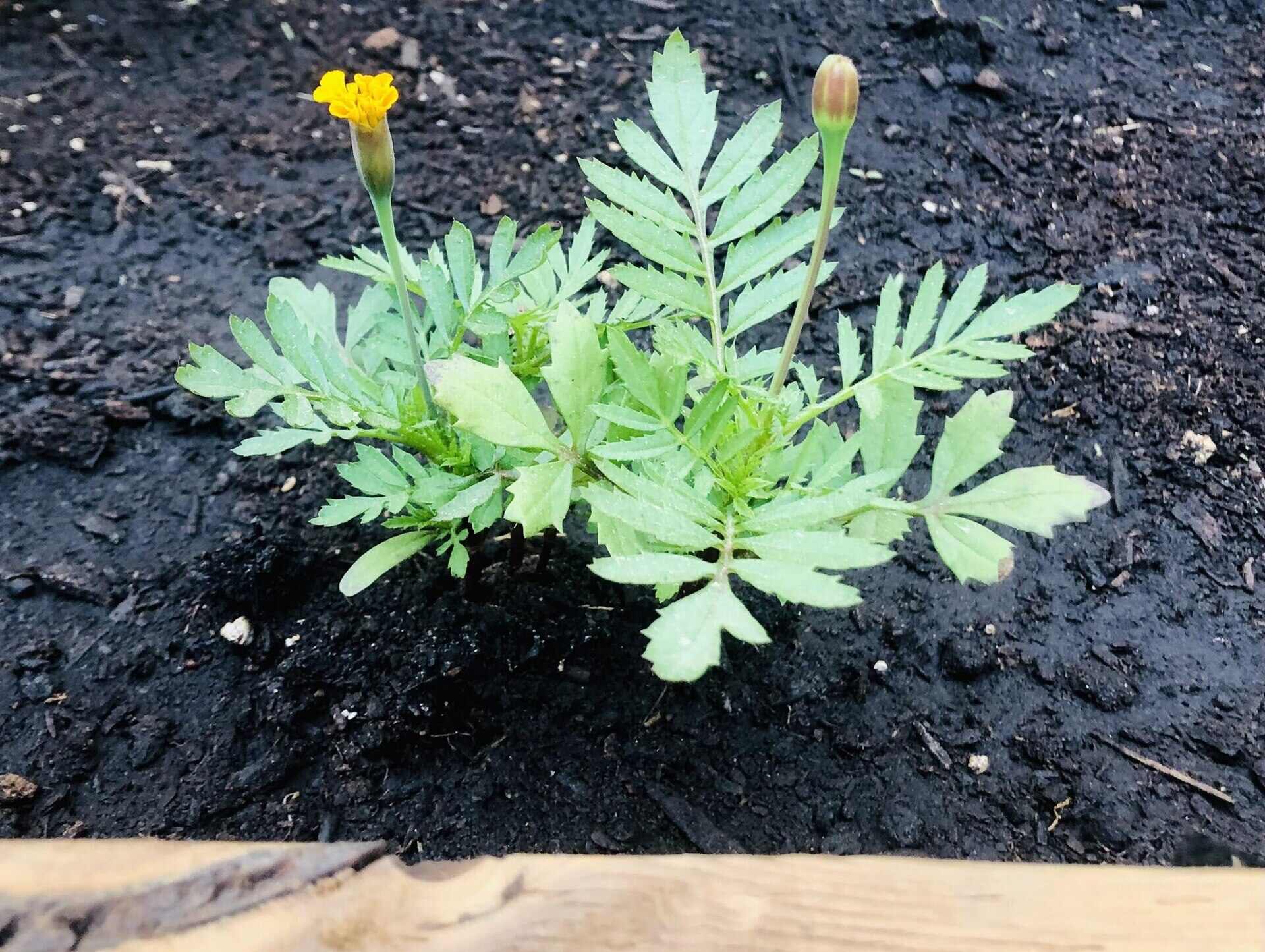
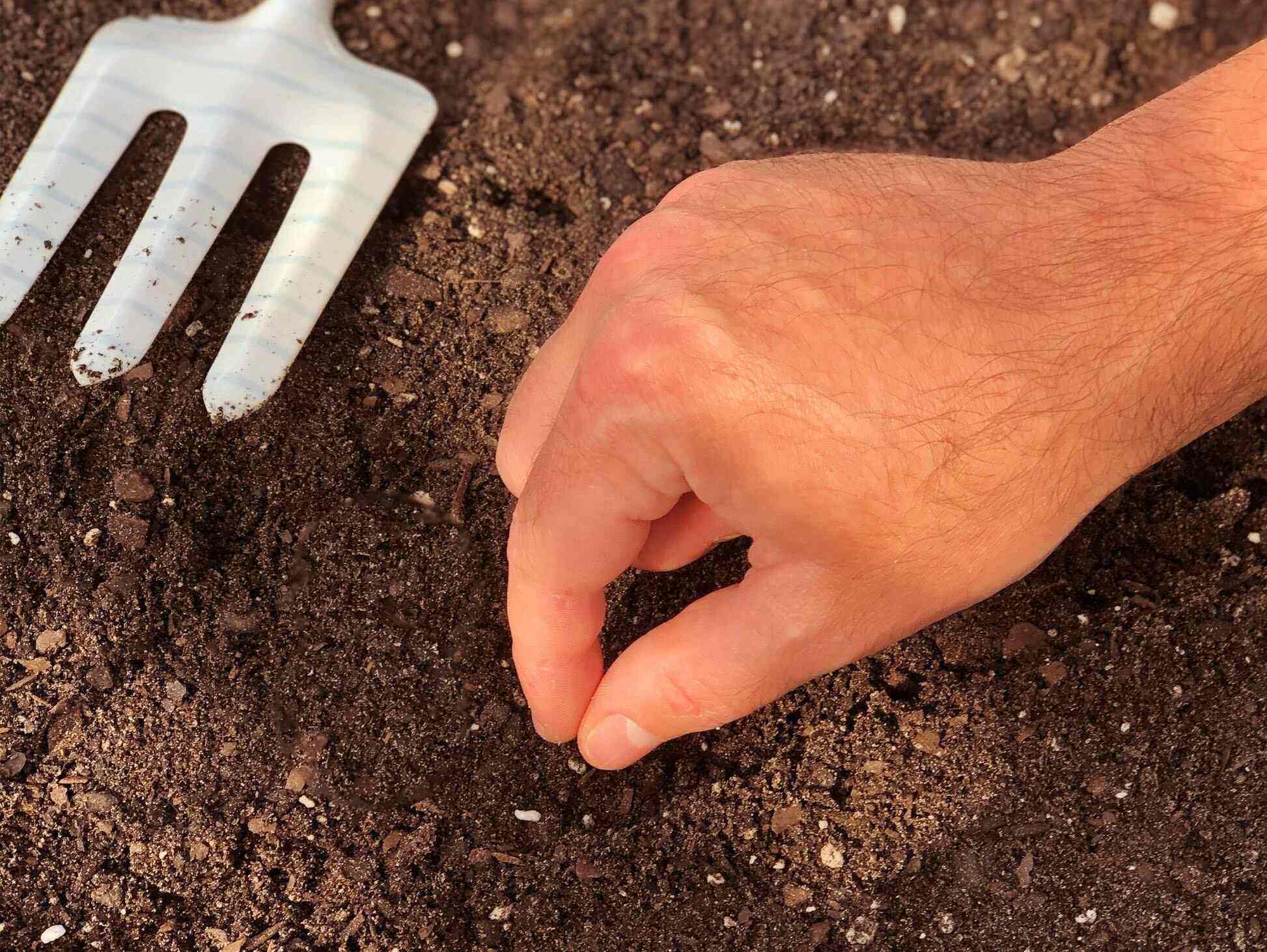
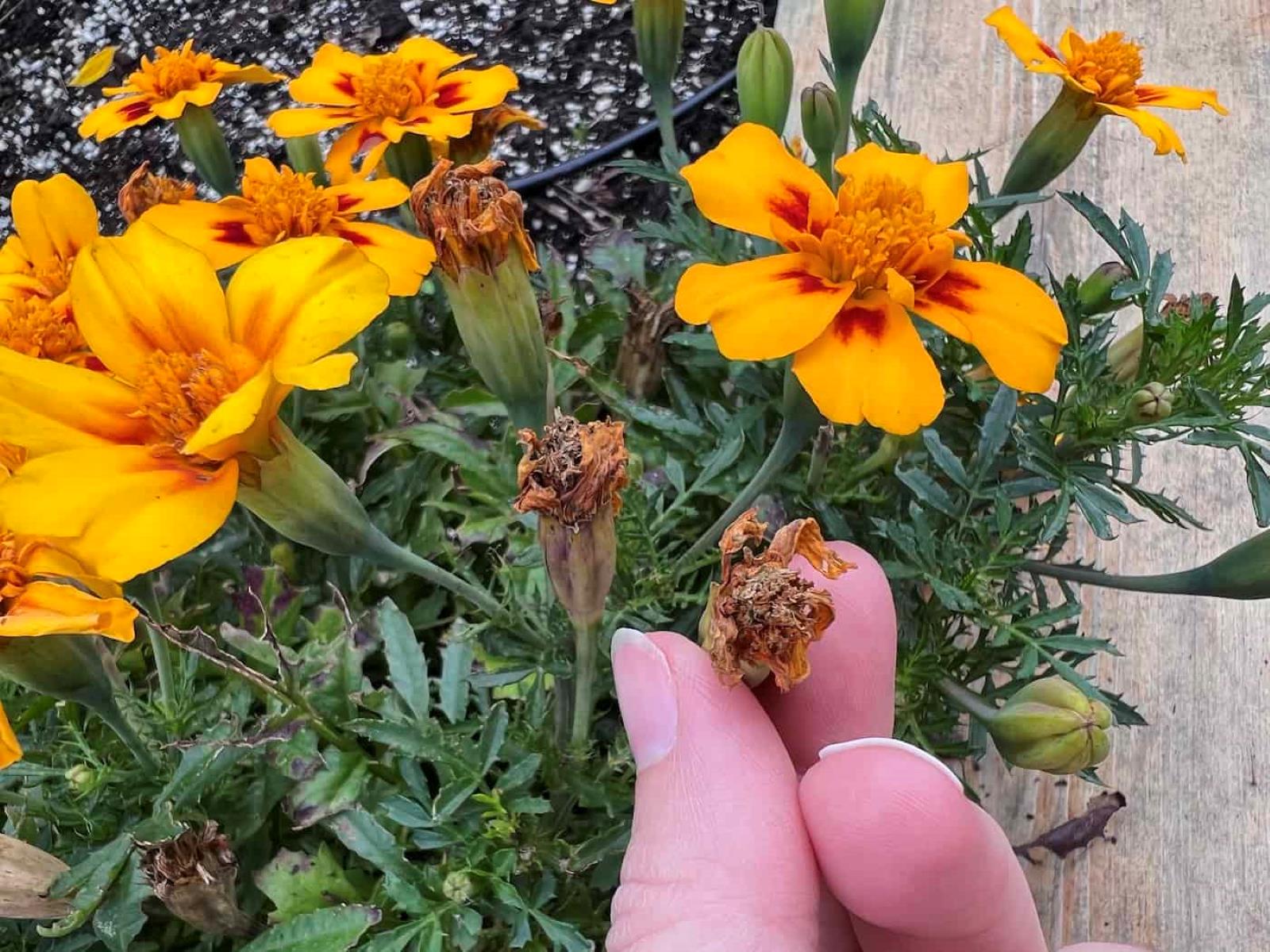
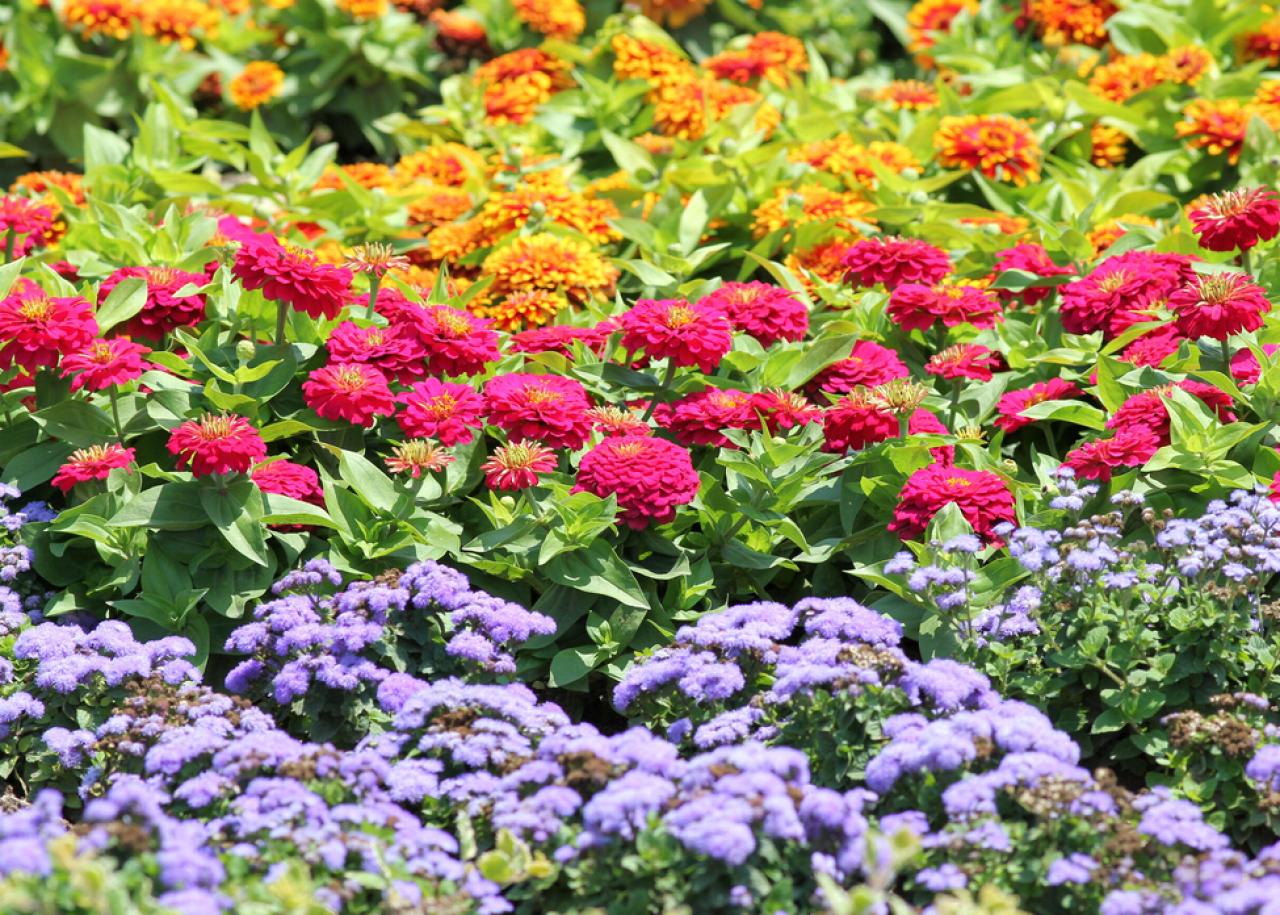

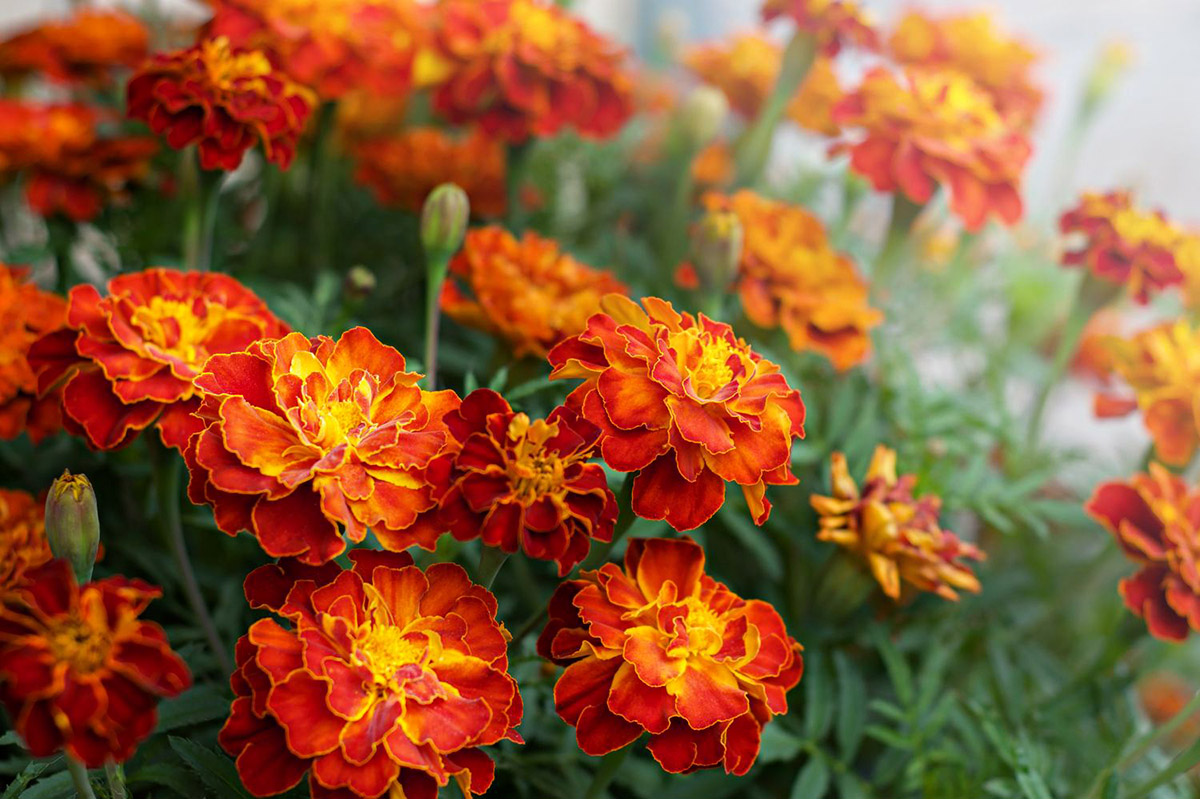
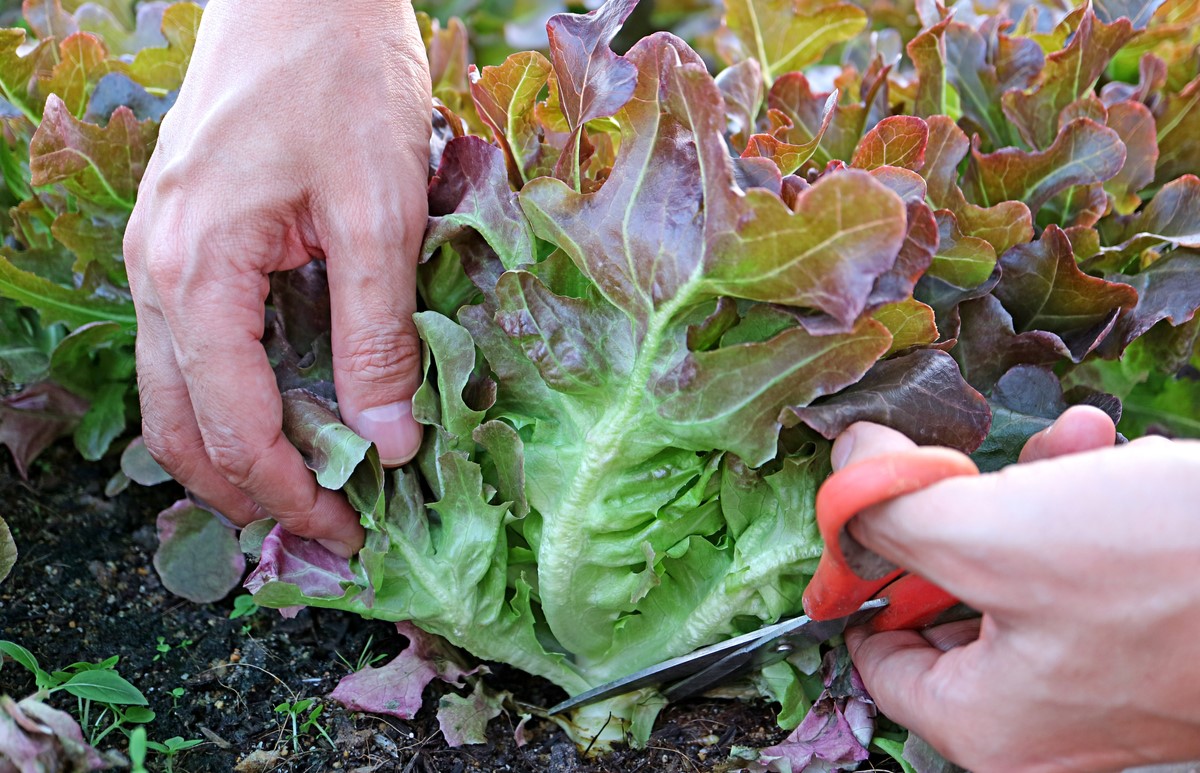
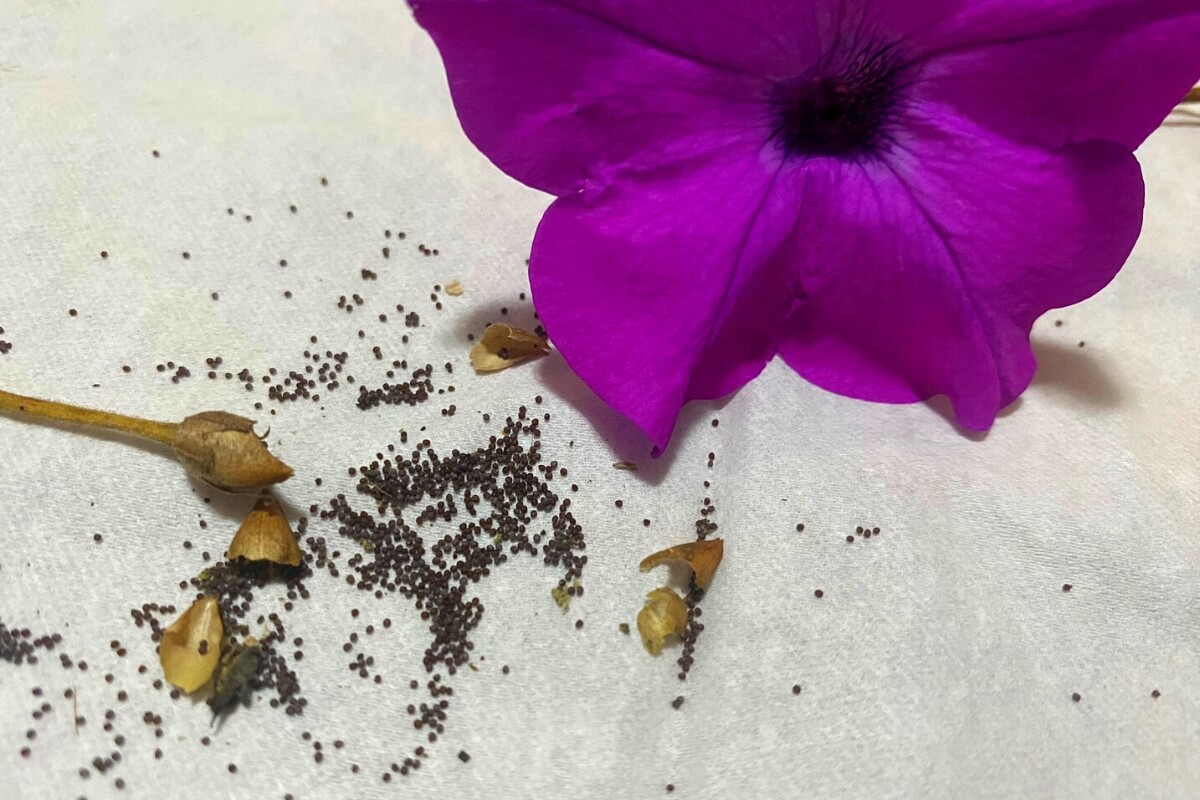
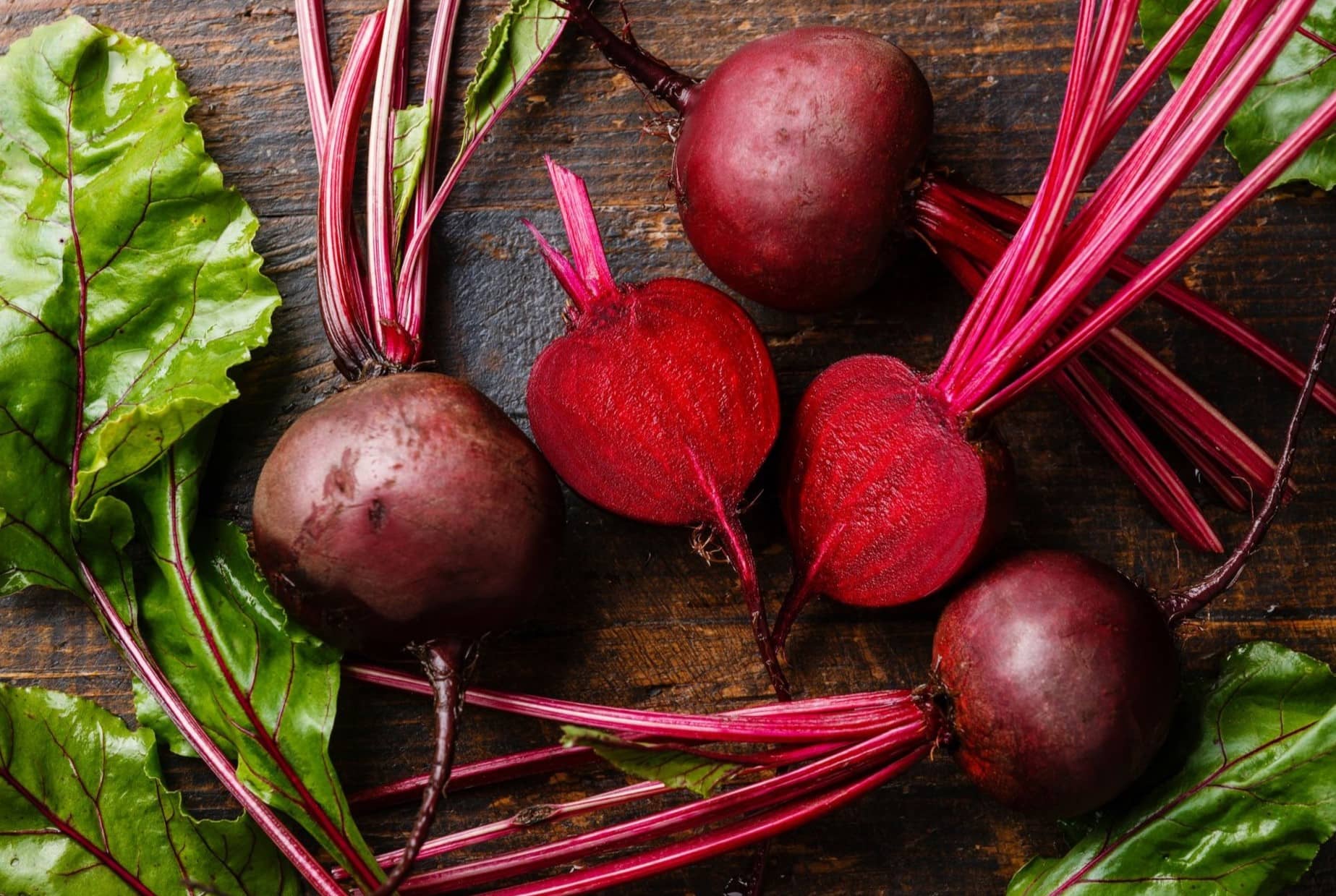
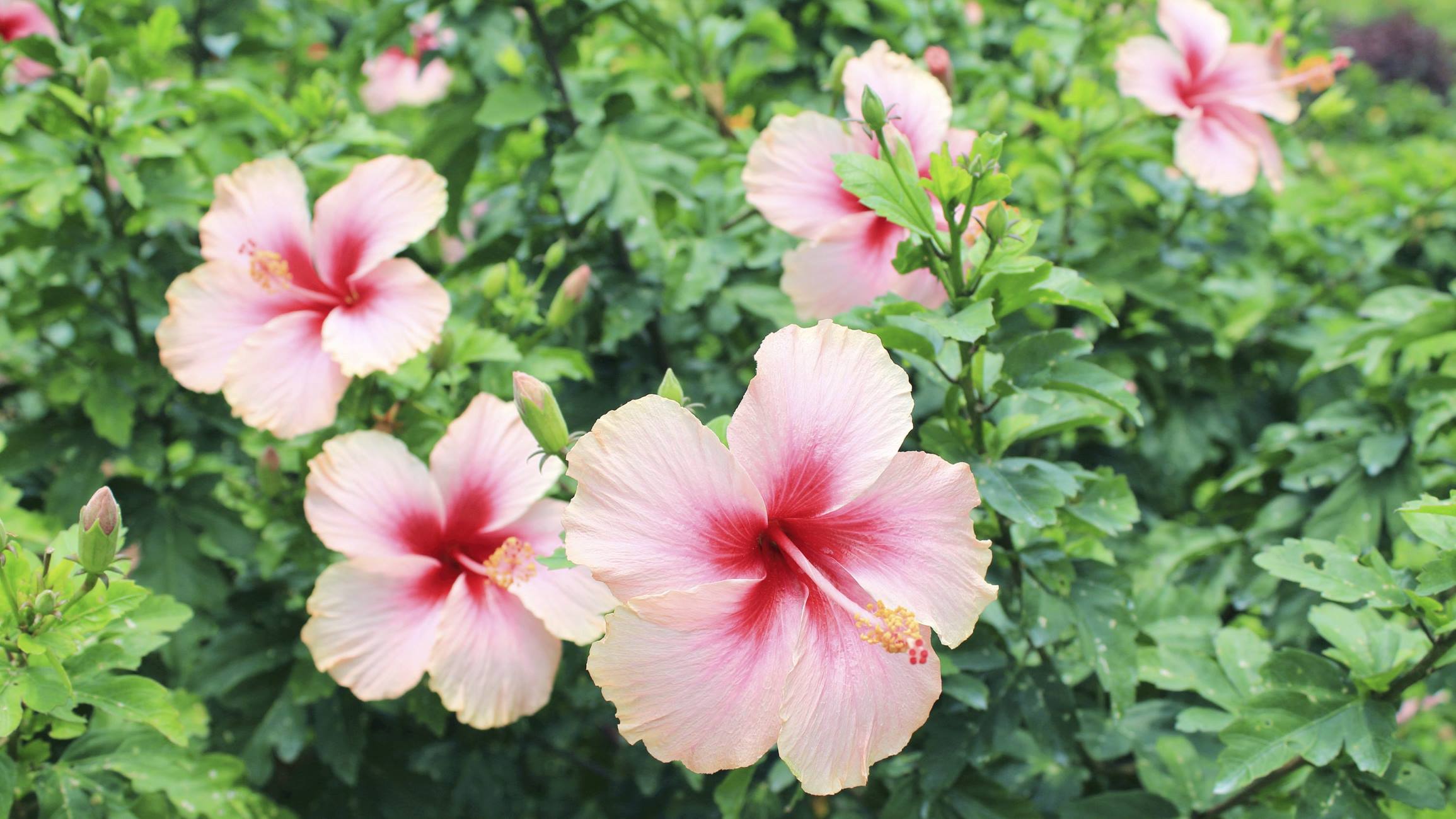
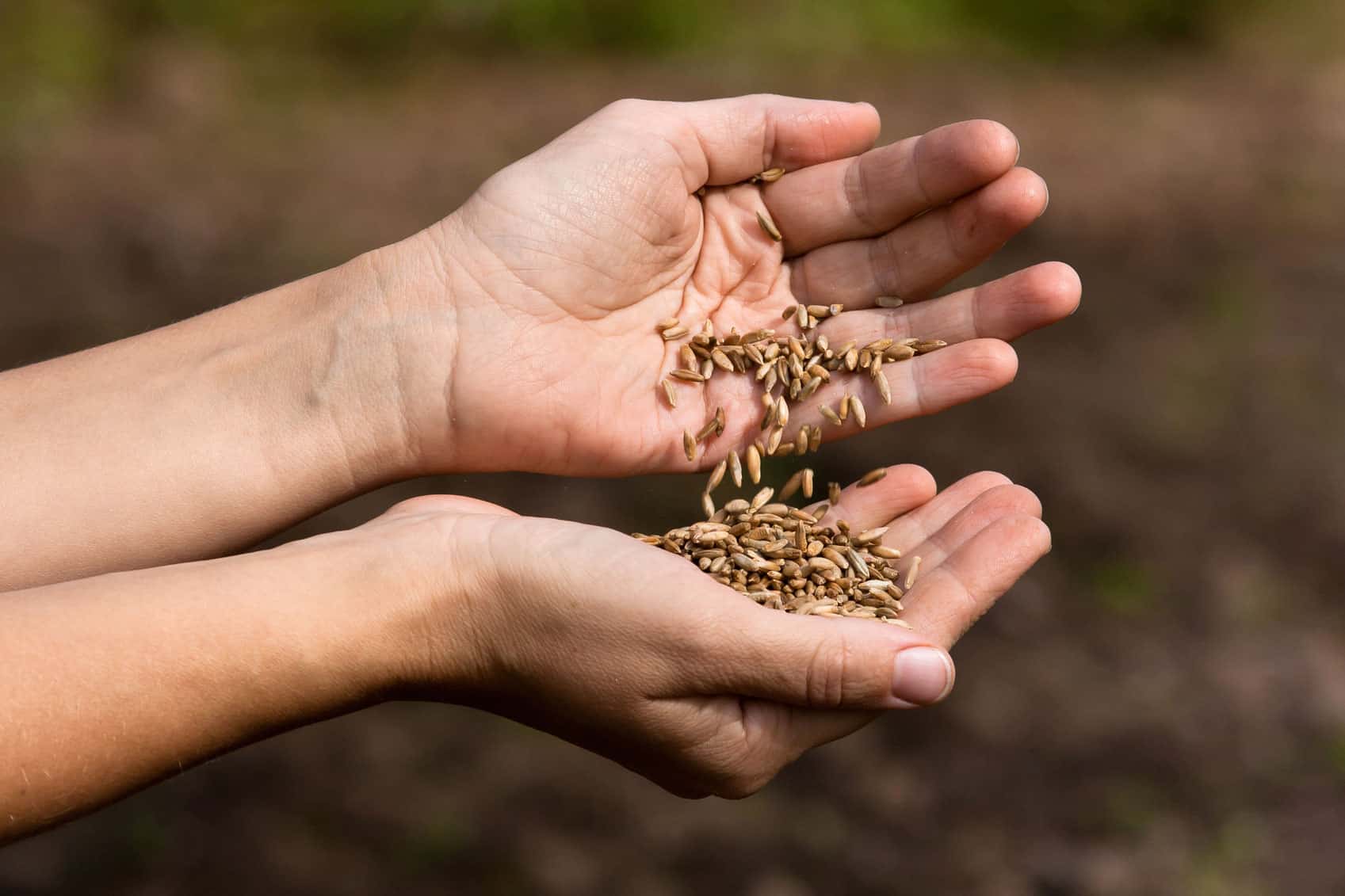
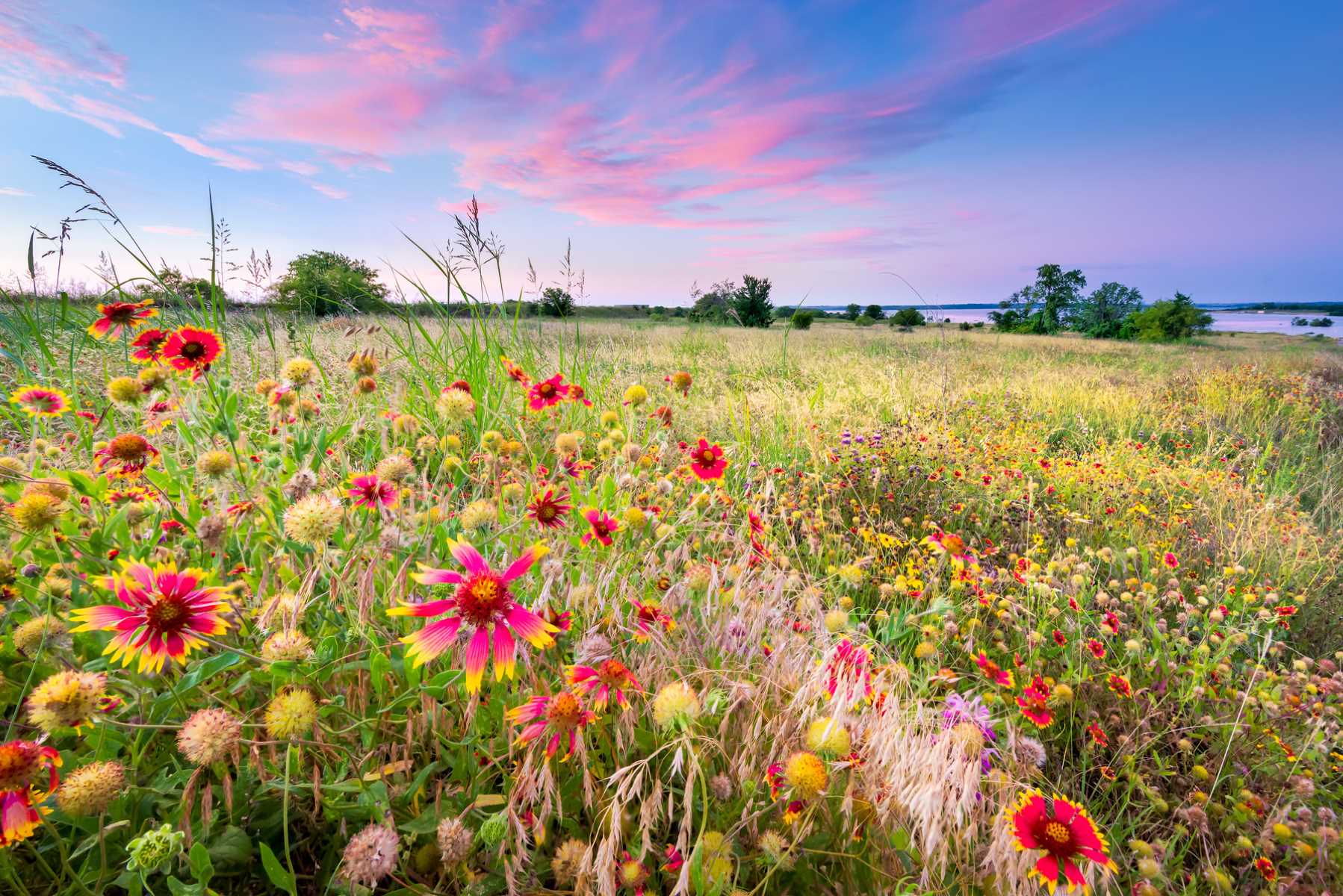
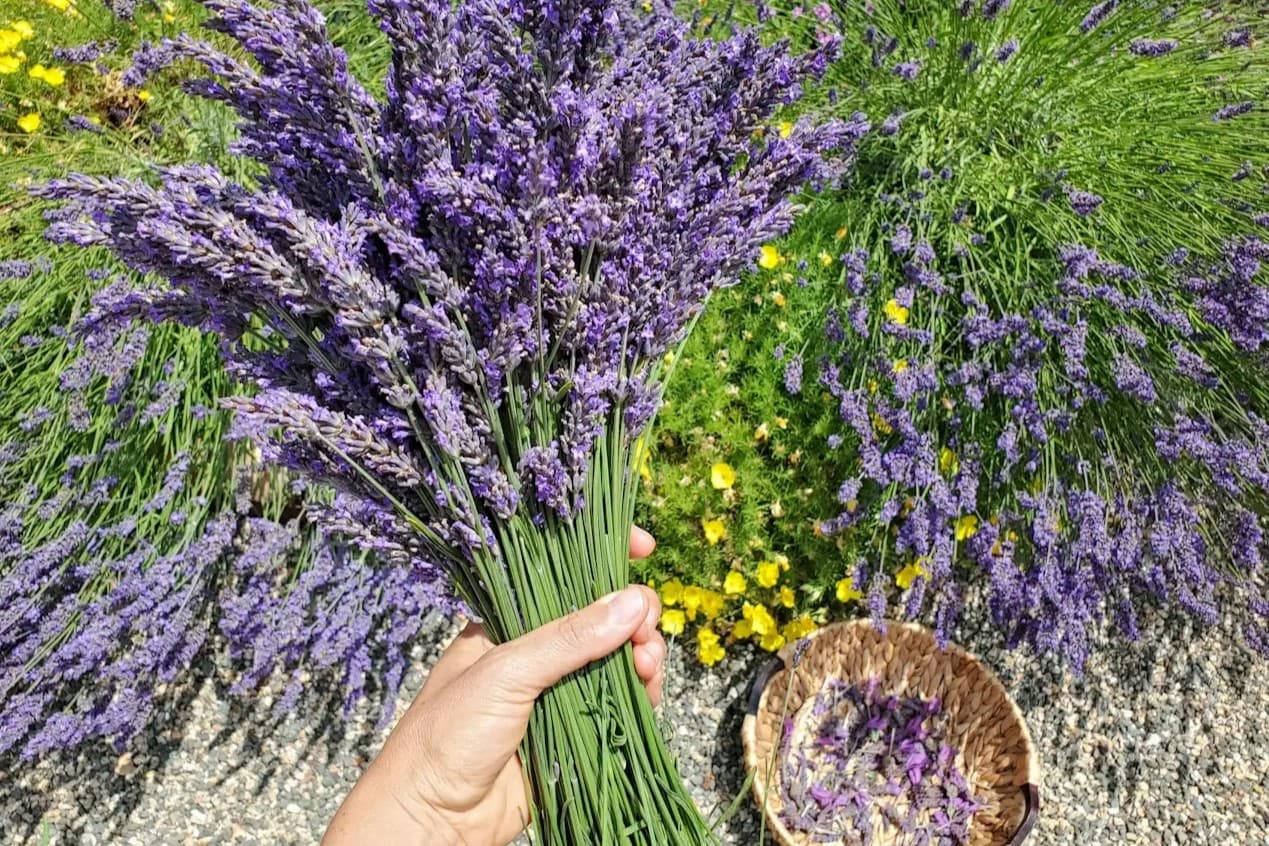

0 thoughts on “How To Get Marigold Seeds From Flowers”